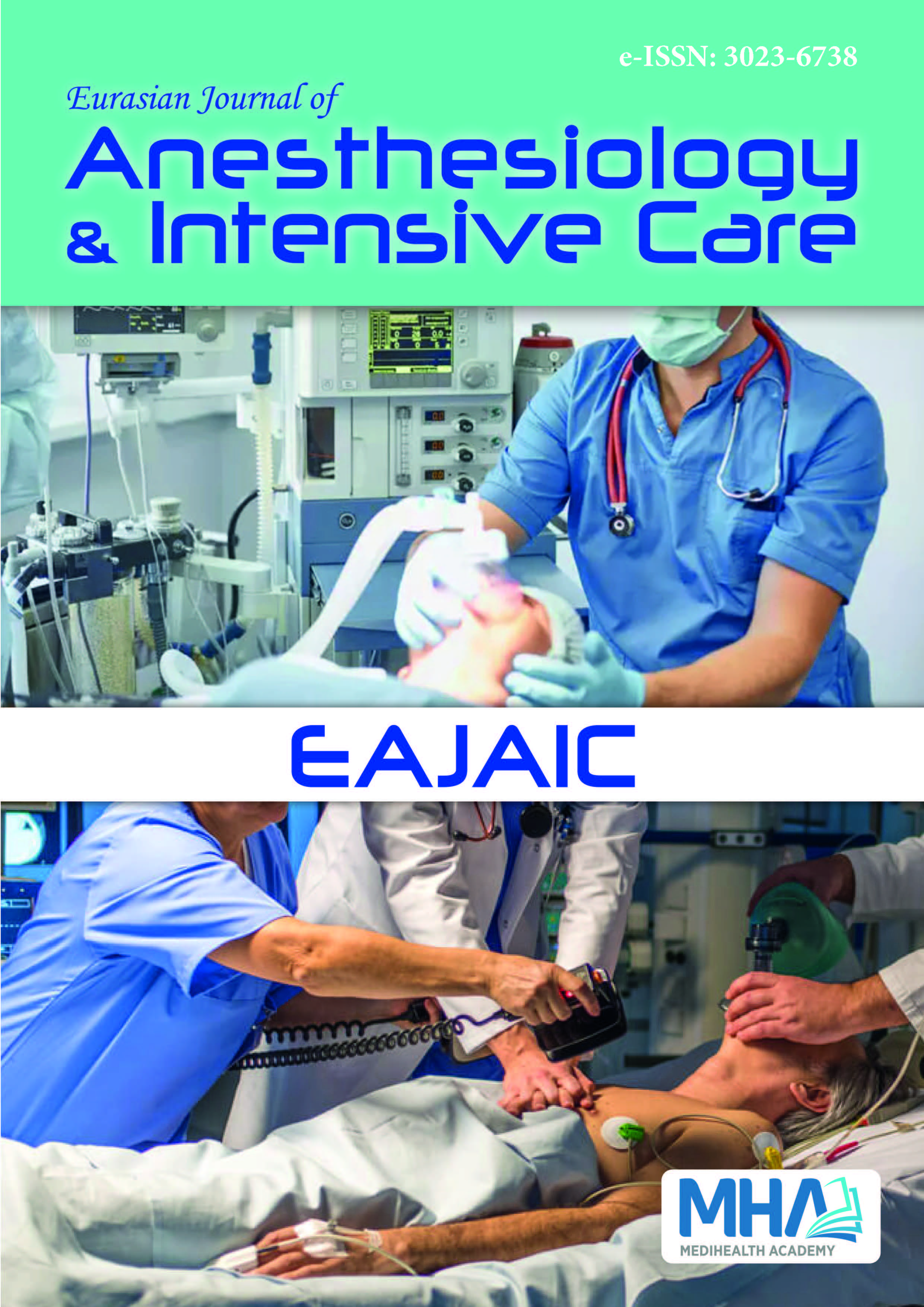1. Lee S, Kim MK, Ahn E, Jung Y. Comparison of general and regionalanesthesia on short-term complications in patients undergoing totalknee arthroplasty: a retrospective study using national health insuranceservice-national sample cohort. Medicine. 2023;102(8):e33032.
2. Wedel DJ, Horlocker TT. Nerve Blocks. In: Miller RD, ed. Anesthesia.6th ed. Churchill Livingstone: 2005:1685-1719.
3. McCartney CJ, Brull R, Chan V, et al. Early but no long-term benefitof regional compared with general anesthesia for ambulatory handsurgery. J Am Soc Anesthesiol. 2004;101(2):461-467.
4. Özgüner Y, Alptekin A. Comparison of rebound pain and postoperativetramadol requirement in patients who had femoral nerve block oradductor canal block for pain after total knee arthroplasty. JARSS.2021;29(4):254-262.
5. Clifford SP, Maggard BD, Hines KM. Prolonged continuousinfraclavicular brachial plexus perineural infusion followingreplantation of a mid-humeral amputation. SAGE Open Med Case Rep.2019;7:2050313x18823094.
6. Hadzic A, Arliss J, Kerimoglu B. A comparison of infraclavicular nevreblock versus general anesthesia for hand and wrist daycase surgeries. JAm Soc Anesthesiol. 2004;101(1):127-132.
7. Cline E, Franz D, Polley RD, Maye J, Burkard J, Pellegrini J. Analgesiaand effectiveness of levobupivacaine compared with ropivacainein patients undergoing an axillary brachial pleksusblock. AANA J.2004;72(5):339-345.
8. Cox CR, Checketts MR, Mackenzie N, Scott NB, Bannister J.Comparison of S (-) bupivacaine with racemic (RS) bupivacaine insupraclavicular brachial pleksusblock. Br J Anaesth. 1998;80(5):594-598.
9. Goldberg ME, Gregg C, Larijani GE, Norris MC, Marr AT, SeltzerJL. A comparison of three methods of axillary approach to brachialpleksusblockade for upper extremity surgery. J Am Soc Anesthesiol.1987;66(6):814-815.
10. Tuominen MK, Pitkaenen MT, Numminen MK, Rosenberg PH.Quality of axillary brachial pleksusblock: comparison of success rateusing perivascular and nerve stimulator techniques. Anaesthesia.1987;42(1):20-22.
11. Vester Andersen T, Husum B, Lindeburg T. Perivascular axillaryblock 4 blockade following 40, 50 or 60 mL of mepivacaine %1 withadrenaline. Acta Anaesthesiol Scand. 1984;28(1):99-105.
12. Schroeder LE, Horlocker TT, Schroeder DR. The efficacy of axillary blockfor surgical procedures about elbow. Anesth Analg. 1996;83(4):747-751.
13. Sato RTC, Porsani DF, Amaral AGV, Júnior OVS, Carstens AMG.Comparative study of 0.5% racemic bupivacaine versus enantiomericmixture (S75-R25) of 0.5% bupivacaine in brachial pleksusblock fororthopedic surgery. Rev Bras Anestesiol. 2005;55(2):165-174.
14. Casati A, Chelly JE, Cerchierini E, et al. Clinical properties oflevobupivacaine or racemic bupivacaine for sciatic nerve block. J ClinAnesth. 2002;14(2):111-114.
15. Liisanantti O, Luukkonen J, Rosenberg PH. High-dose bupivacaine,levobupivacaine and ropivacaine in axillary brachial pleksusblock.Acta Anaesthesiol Scand. 2004;48(5):601-606.
16. Cox CR, Faccenda KA, Gilhooly C, Bannister J, Scott NB, MorrisonLM. Extradural S (-)-bupivacaine: comparison with racemic RS-bupivacaine. Br J Anaesth. 1998;80(3):289-293.
17. Ozmen S, Ozmen OA, Kasapoglu F. Effects of levobupivacaine versusbupivacaine infiltration on postoperative analgesia in pediatrictonsillectomy patients: a randomized, double-blind, placebo-controlledstudy. Ann Otol Rhinol Laryngol. 2011;120(7):489-493.
18. Cox B, Durieux ME, Marcus MA. Toxicity of local anaesthetics. BestPract Res Clin Anaesthesiol. 2003;17(1):111-136.
19. Urban MK, Urguhart B. Evaluation of brachial pleksusanesthesia forupper extremity surgery. Reg Anesth. 1994;19(3):175-182.
20. Palve H, Kirvela O, Olin H, Syvalahti E, Kanto J. Maximumrecommended doses of lignocaine are not toxic. Br J Anaesth.1995;74(6):704-705.
21. Aantaa R, Kirvelae O, Lahdenperae A. Transarterial brachialpleksusanesthesia for hand surgery: a retrospective analysis of 346cases. J Clin Anesth. 1994;6(3):189-192.
22. Selander D. Axillary pleksusblock: paresthetic or perivascular.Anesthesiol. 1987;66(6):726-728.
23. Viderman D, Ben-David B, Sarria-Santamera A. Analysis ofbupivacaine and ropivacaine-related cardiac arrests in regionalanesthesia: a systematic review of case reports. Rev Esp AnestesiolReanim (Engl Ed). 2021;68(8):472-483.

